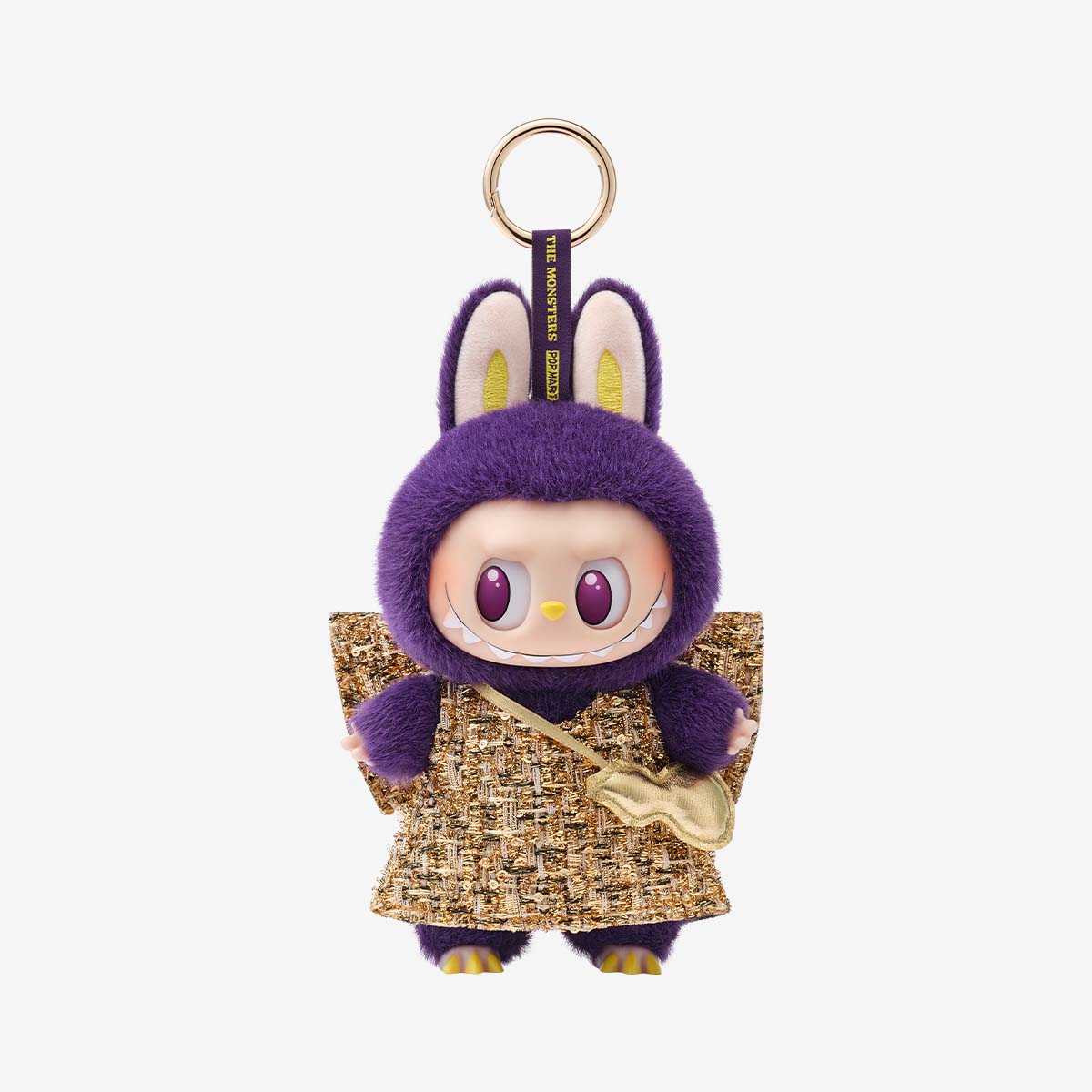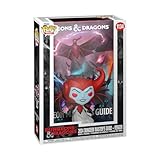Part I: The Genesis of a Global Phenomenon

1.1 The Creator's Vision: Kasing Lung's Cross-Cultural Imagination
The explosive global popularity of Labubu-a furry, bunny-eared elf with a mischievous, toothy grin--is not a random market anomaly. Its success is rooted in a potent synthesis of its creator's unique artistic vision and an "ugly-cute" aesthetic that resonates deeply with the contemporary youth zeitgeist. The origin of Labubu is inseparable from the personal story of its creator, Kasing Lung. Born in Hong Kong and raised in the Netherlands, his bicultural upbringing became the cornerstone of his distinct artistic style, a masterful fusion of Eastern and Western cultural influences. This hybridity is a core component of Labubu's appeal, allowing it to feel both familiar and novel to diverse audiences globally.
1.2 The "Ugly-Cute" Aesthetic and its Psychological Power
Labubu's design is a quintessential example of the "ugly-cute" aesthetic, known in Japan as *kimo-kawaii* or "creepy-cute". The character's visual identity balances on a knife-edge between endearing and unsettling, combining sharp, serrated teeth and a scruffy appearance with conventionally cute features. This deliberate juxtaposition challenges traditional standards of beauty and taps into a powerful psychological mechanism of attraction, generating appeal through surprise and humor. It resonates powerfully with younger generations, aligning with a broader cultural shift away from curated, flawless images and towards a more authentic, unpolished version of selfhood.
Part II: The Pop Mart Engine: Engineering a Commercial Juggernaut
2.1 The Business of Blind Boxes and Beyond: An IP-Centric Ecosystem
While Kasing Lung's artistic vision provided the soul of Labubu, it was the commercial machinery of Chinese toy company Pop Mart that transformed it into a global juggernaut. At the heart of Pop Mart's strategy is its focus on IP creation and operation. The "blind box" format, where the specific character inside is a mystery, creates an environment of "artificial scarcity" and leverages powerful psychological drivers to encourage repeat purchases. This is supplemented by a vast network of over 530 physical stores and more than 2,490 "Roboshops" (vending machines), alongside a dominant online presence.
2.2 Financial Performance and Market Dominance
The success of Pop Mart's strategy is reflected in its staggering financial results. The company's 2024 annual report revealed explosive growth, with total revenue surpassing 13 billion RMB, a 106.9% increase from the previous year. This growth is directly fueled by its strong IP portfolio, with The Monsters line (including Labubu) seeing its sales increase by a remarkable 725% between 2023 and 2024.
| Metric | 2023 Value (RMB) | 2024 Value (RMB) | Year-over-Year Growth (%) |
|---|---|---|---|
| Total Revenue | 6.30 Billion | 13.04 Billion | +106.9% |
| Adjusted Net Profit | 1.19 Billion | 3.40 Billion | +185.9% |
| International Revenue | 1.07 Billion (est.) | 5.07 Billion | +375.2% |
| Plush Category Revenue | 0.22 Billion (est.) | 2.83 Billion | +1289.0% |
| Gross Profit Margin | 61.3% | 66.8% | +5.5 pts |
2.3 The Art of Virality: Marketing, Celebrity, and Community
Pop Mart has demonstrated a masterful understanding of modern viral marketing. An unscripted endorsement from Lisa of BLACKPINK triggered a global frenzy, amplified by a wave of A-list celebrities and a user-generated content flywheel on TikTok. This strategy has allowed Pop Mart to redefine luxury for Gen Z based on the "4Es": Experience, Exclusivity, Engagement, and Emotion. However, this very model of engineered scarcity and hype is the primary catalyst for the counterfeit market.
Part III: The Collector's Psyche: The Economics of a Modern Mania
3.1 The Psychology of Collecting: More Than Just a Toy
The intense desire to own these elves is fueled by deep-seated collector instincts, including nostalgia, the thrill of the hunt, self-expression, and the need for social connection. Pop Mart's blind box mechanism is particularly effective because it taps into the psychological principle of "intermittent reinforcement," similar to a slot machine, making the act of opening each box highly compelling.
3.2 A Bubble in a Box? Labubu vs. Beanie Babies
The Labubu craze is frequently compared to the Beanie Babies speculative bubble of the 1990s. Both phenomena share remarkable similarities in their use of manufactured scarcity to fuel a frenzied secondary market. However, Labubu's rise has been turbocharged by the algorithmic power of modern social media, creating a faster and more global feedback loop of hype.










 Writer's Bio: Driven by a fascination with how young people learn, grow, and connect, Laura N. Larsson has spent years researching the role of play and social media in child and adolescent development. Since 2012, she has combined her ecommerce background with in-depth interviews of children and teenagers, producing insightful articles that explore the evolving interplay between play, communication, and online interaction.
Writer's Bio: Driven by a fascination with how young people learn, grow, and connect, Laura N. Larsson has spent years researching the role of play and social media in child and adolescent development. Since 2012, she has combined her ecommerce background with in-depth interviews of children and teenagers, producing insightful articles that explore the evolving interplay between play, communication, and online interaction. 


